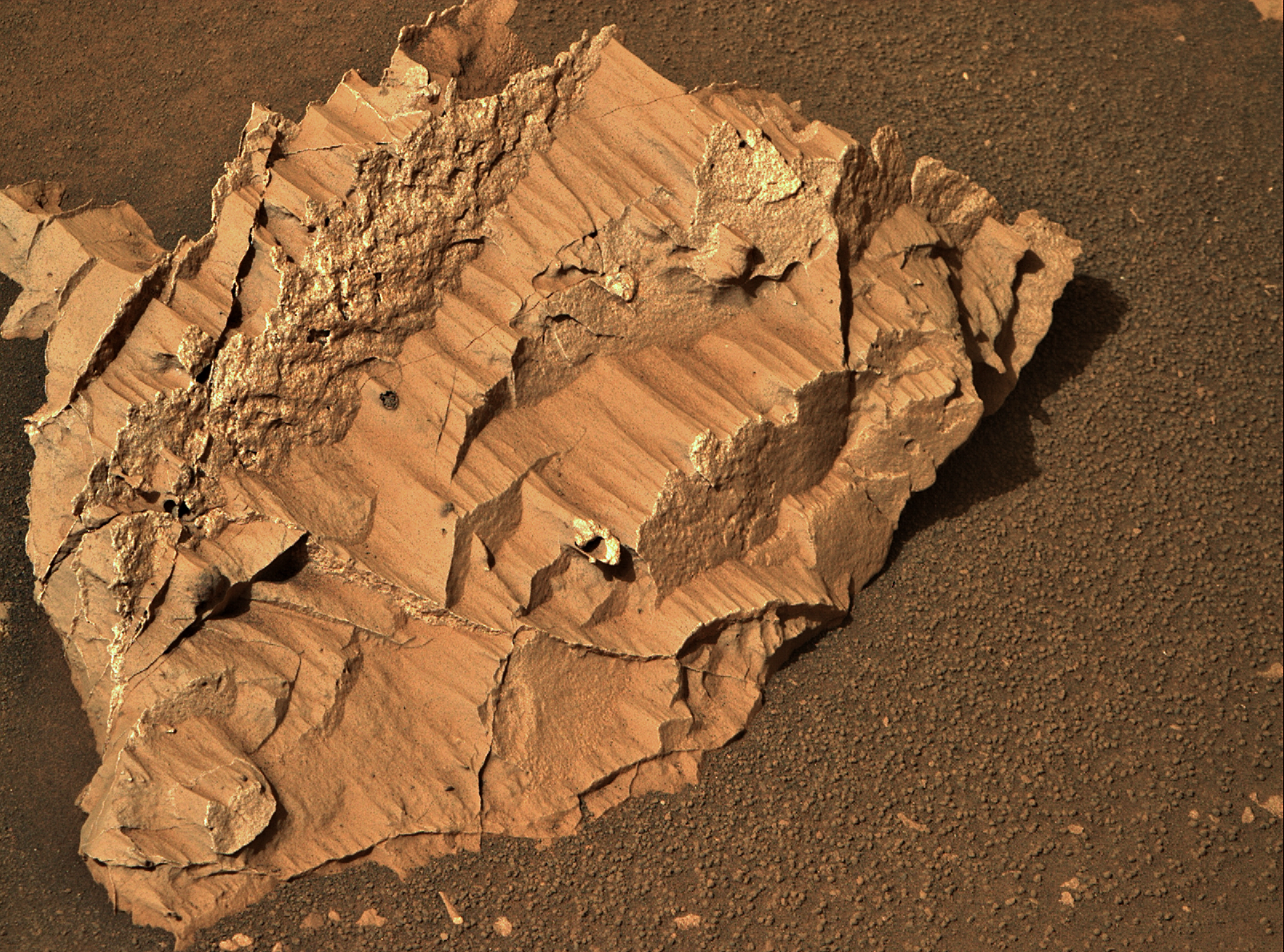this post was submitted on 25 Jun 2024
80 points (100.0% liked)
NASA's Perseverance Mars Rover
1374 readers
1 users here now
On the plains of Jezero, the secrets of Mars' past await us! Follow for the latest news, updates, pretty pics, and community discussion on NASA and the Jet Propulsion Laboratory's most ambitious mission to Mars!
founded 1 year ago
MODERATORS
you are viewing a single comment's thread
view the rest of the comments
view the rest of the comments

Why anhydrite? It kinda appears to be some kind of sandstone crosscut by some sort of veins (which could be anhydrite but could also be quartz or carbonates, etc). Got any more info?
Just a feeling based on the fractures, that's why I put it out there and asked the question. When we've seen mineral filled fractures in rocks on Mars the fractures have usually been in fairly straight lines following the crystalline structure in the host rock, or at separations of the sedimentary layers. It could be an optical illusion, but many of the fractures are far from straight in this target, almost like series of large crystals in a honeycomb like arrangement. The appearance of sandstone could just be a dust covering. Appreciate the feedback :)
Looking forward to hearing how the team call this float rock :)
Edit: fixed typo